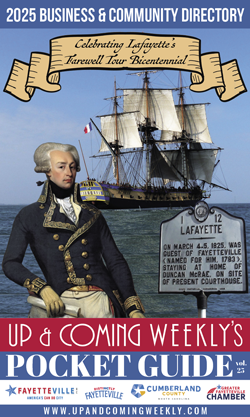 Halloween's origins can be traced back to the ancient Celtic festival of Samhain, celebrated on Nov. 1. This Gaelic festival marked the end of the harvest season and the beginning of winter, often referred to as the 'darker half' of the year. The Celts believed that on the night before the new year, the boundaries between the worlds of the living and the dead became blurred.
Halloween's origins can be traced back to the ancient Celtic festival of Samhain, celebrated on Nov. 1. This Gaelic festival marked the end of the harvest season and the beginning of winter, often referred to as the 'darker half' of the year. The Celts believed that on the night before the new year, the boundaries between the worlds of the living and the dead became blurred.
On the night of Oct. 31, they celebrated Samhain, a time when it was believed that the ghosts of the dead returned to earth. Hearth fires in family homes were left to burn out while the harvest was gathered, and after the harvest work was complete, celebrants joined Druid priests to light a community fire.
In the eighth century, Pope Gregory III designated Nov. 1 as a time to honor all saints, merging some of the Samhain traditions with the newly established All Saints’ Day. The evening before All Saints' Day became known as All Hallows' Eve, which eventually transformed into Halloween.
All Saints' Day was celebrated similarly to Samhain with bonfires, parades, and people dressing up in costumes as saints, angels, and devils. This convergence of pagan and Christian traditions laid the groundwork for the modern Halloween celebration.
The celebration of Halloween was limited in colonial New England due to the rigid Protestant belief systems. However, it was more common in Maryland and the southern colonies, where different European ethnic groups and American Indian traditions began to blend.
Early American Halloween festivities included 'play parties,' public events to celebrate the harvest where people would share stories of the dead, tell fortunes, dance, and sing. Ghost stories and various types of mischief were also common during these celebrations.
In the second half of the 19th century, America saw an influx of new immigrants, particularly the Irish fleeing the Irish Potato Famine. These immigrants helped to popularize Halloween nationally. Americans began to adopt European traditions such as dressing up in costumes and going house to house asking for food or money, a practice that evolved into today's 'trick-or-treat' tradition.
Young women believed that they could divine the name or appearance of their future husbands through various Halloween rituals involving yarn, apple parings, or mirrors. The tradition of trick-or-treating likely dates to the early All Saints' Day parades in England, where poor citizens would beg for food and receive pastries called 'soul cakes' in return for praying for the family's dead relatives.
Today, Halloween is a widely celebrated holiday characterized by costumes, trick-or-treating, and various festivities. It has become a significant part of popular culture with haunted houses, horror movies, and themed parties becoming common ways to celebrate.
Modern Halloween is a blend of ancient traditions and contemporary practices, reflecting the holiday's rich history and its evolution over time.
Celebrating Halloween: The history of the holiday
- Details
- Written by Sheila D. Barker

 How to resolve AdBlock issue?
How to resolve AdBlock issue? 








